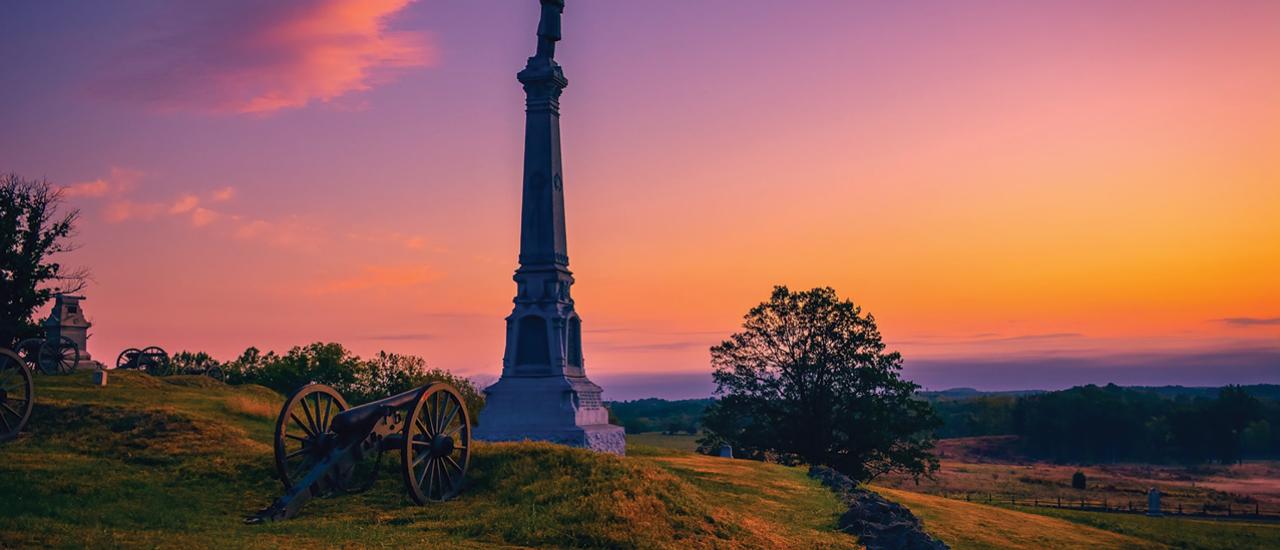
Sunset at East Cemetery Hill at Gettysburg National Military Park, Pa.
Enlivening America's Most Iconic Battlefield
Two decades of improving the visitor experience at Gettysburg
Our work stretches from Massachusetts to New Mexico, but few sites carry as much resonance as Gettysburg.
Over the past two decades, the American Battlefield Trust has helped save nearly 1,240 acres across the Gettysburg Battlefield. The below is far from an exhaustive record of our work, instead focusing on high-profile projects and geographic areas with multiple initiatives. However, the Trust has been keenly involved in other projects across the landscape, such as the preservation of the Daniel Lady Farm or the purchase and restoration of the Philip Snyder Farm site along the Emmitsburg Road.
In some instances, we have assisted Gettysburg National Military Park in its acquisition efforts and a handful of properties that the Trust initially purchased have since been added to the park, creating a more integrated experience for visitors. However, the majority of these sites remain owned and managed by the Trust, which is a proud local taxpayer, contributing annually to local municipalities and the regional school board.
Further, the Trust has made significant investments in landscape restoration across the battlefield – both on our own properties and assisting our partners, using local contractors for this work whenever possible. Through innovative GPS-enabled and augmented reality components, we have advanced place-based interpretive efforts and brought the battle to life in new ways.
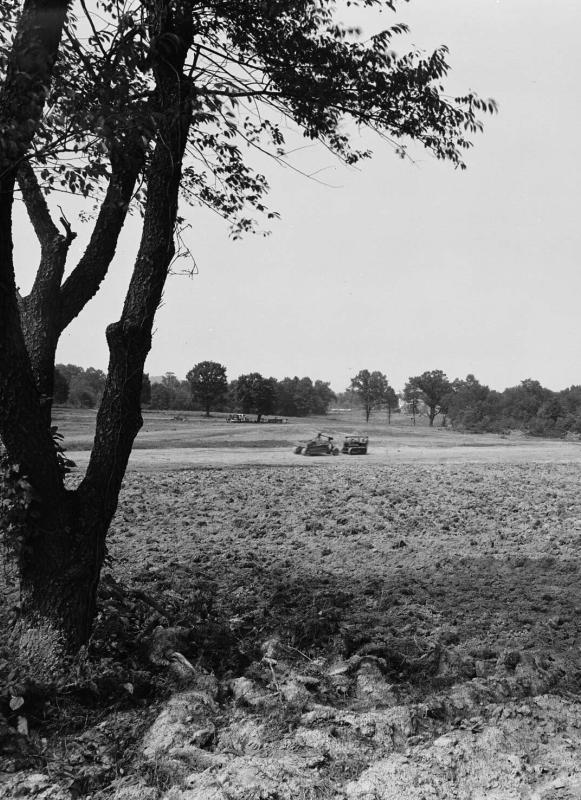
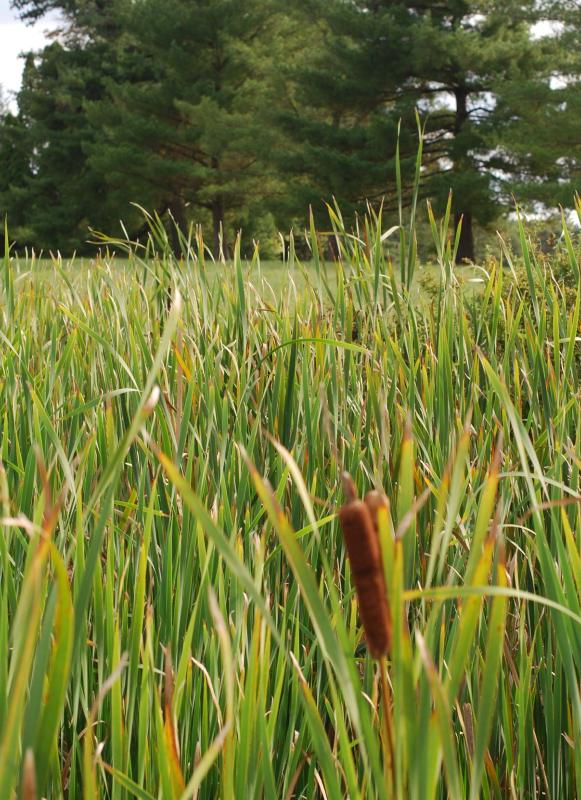
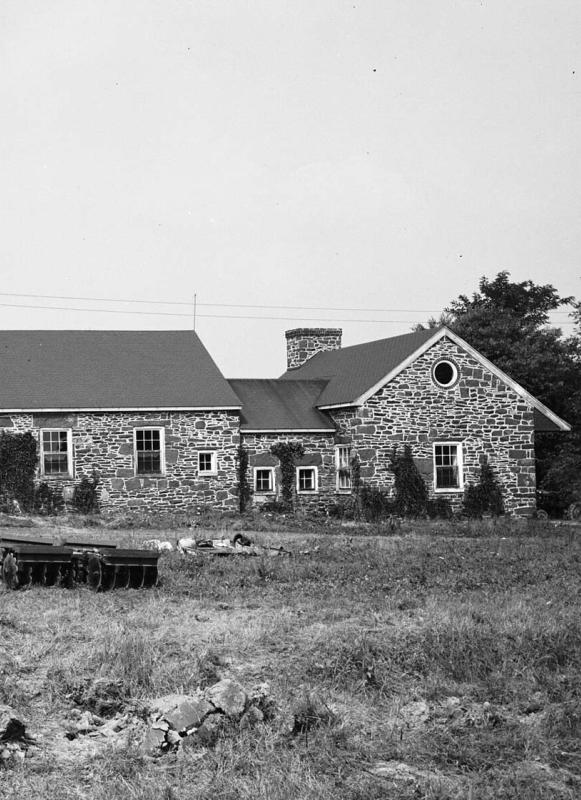
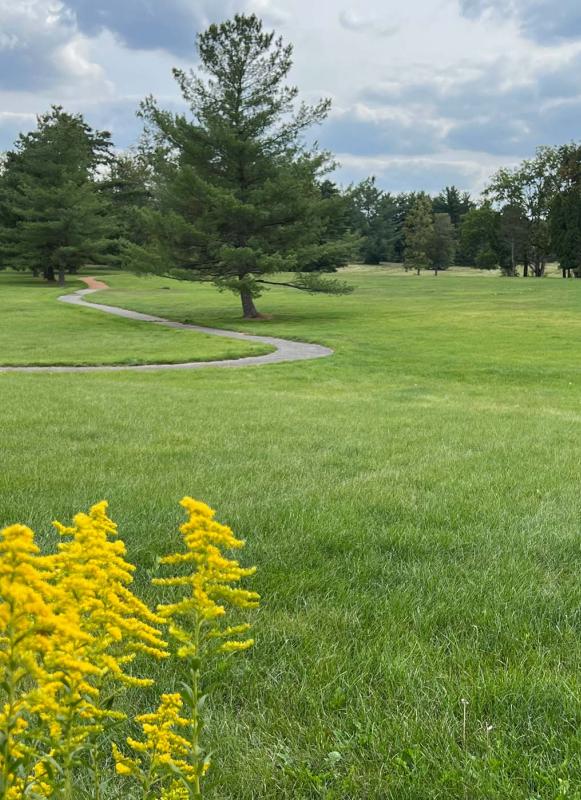
Country Club
The area between McPherson Ridge and Herr’s Ridge, and just past Willoughby’s Run, saw intense fighting in the opening phase of battle on July 1, 1863. In the 1940s, some 110 acres of this hallowed ground became the Gettysburg Country Club, a land use that lasted into the 21st century. More recently, a portion was proposed for intensive residential development last summer but won a reprieve following significant local advocacy to save the site. Denied permits for a sprawling apartment complex, the landowner appealed the decision but gave preservation groups an opportunity to purchase the property.
Through a series of good-faith negotiations, the Trust and the developer were able to reach mutually agreeable terms for the Trust’s purchase of the land in collaboration with other preservation allies. After taking ownership of the property in November, the Trust will also begin envisioning a landscape restoration plan that removes intrusive 21st century elements but retains the original clubhouse currently leased by the Gettysburg Day Spa, which will continue operating as normal for the foreseeable future.
The site’s preservation journey began in mid-2008 when the Gettysburg Country Club declared bankruptcy after decades in operation. In 2011 the Trust partnered with the Conservation Fund to protect 95 acres that were the site of the Country Club’s 9-hole golf course. Those 95 acres, where some 15,000 Confederate soldiers — more than 20 percent of Lee’s army — faced battle are now part of Gettysburg National Military Park.
Following a $3.5 million campaign to cover the acquisition and remove modern structures, the American Battlefield Trust plans to integrate these remaining 15 acres of the old Country Club into the adjacent parkland, ensuring the entirety of the property will be protected forever.
You May Also Like
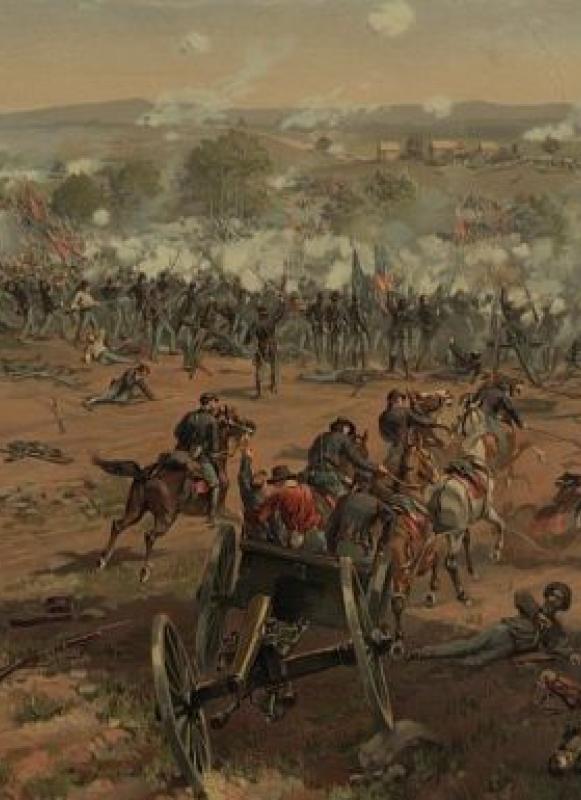
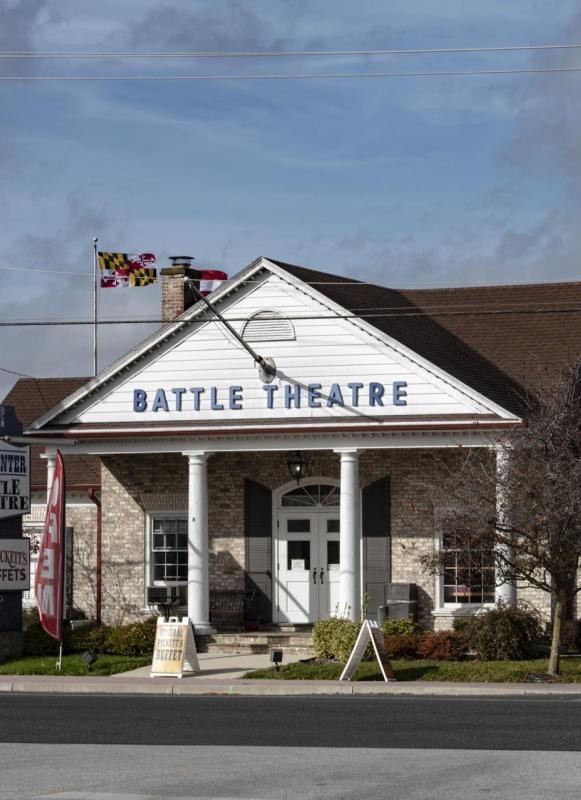
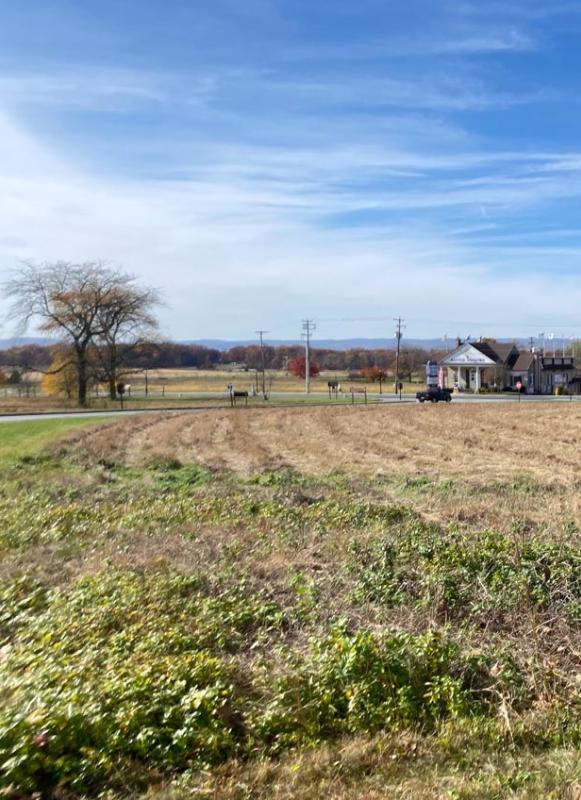
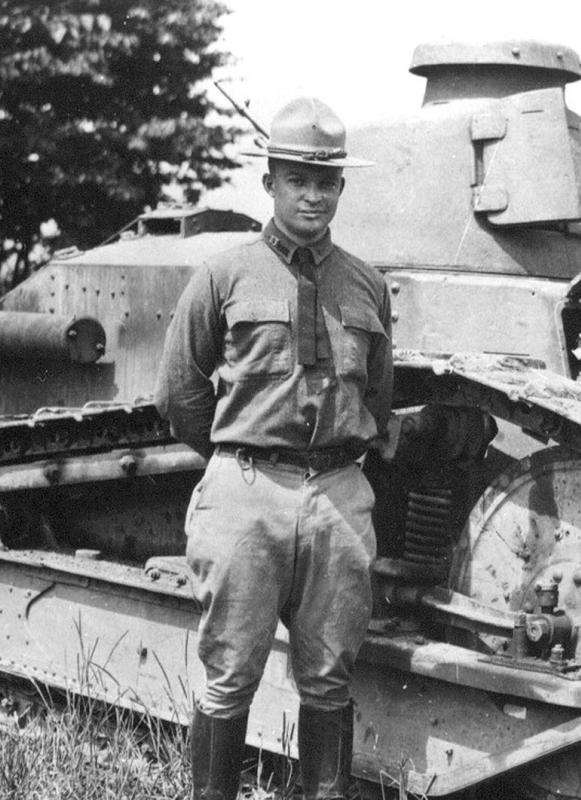
Pickett’s Buffet
For decades, General Pickett’s Buffet has been part of the battlefield backdrop experienced by millions of visitors, standing at the edge of Gettysburg National Military Park and visible from much of the area where the climactic Pickett’s Charge occurred on July 3, 1863. But following a $1.5-million campaign to cover acquisition and subsequent restoration costs, the American Battlefield Trust will be able to more seamlessly integrate the site into the adjacent parkland.
The opportunity arose in 2022, when restauranteur Gary Ozenbaugh made the decision to relocate his popular business to larger facilities at the revitalized Barn Resort – a redevelopment of the vacant Boyd’s Bear Country – south of the battlefield and approached the Trust about preservation options. The purchase was completed in December 2022 and once the buffet is up and thriving at its new location, the Trust expects to demolish the building, making way for an interpretive center focused on place-based augmented reality tools that it will own and maintain.
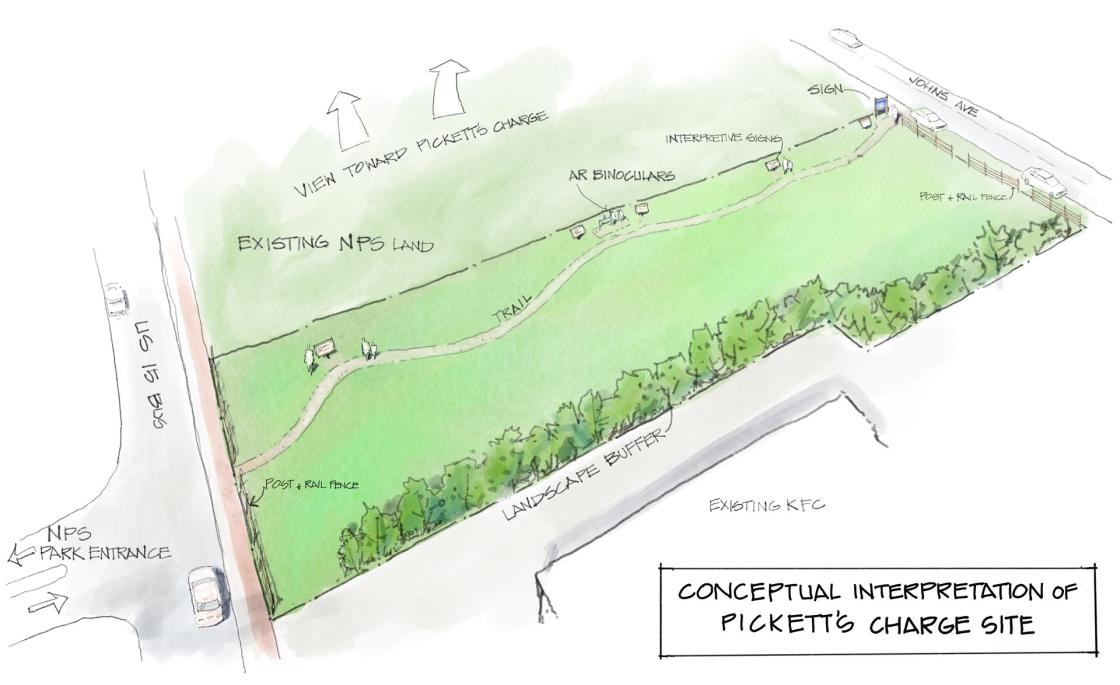
You May Also Like
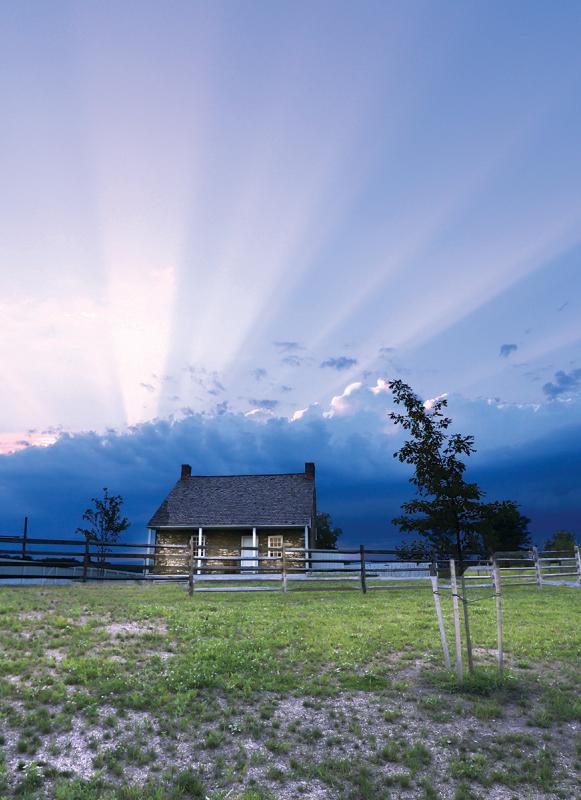
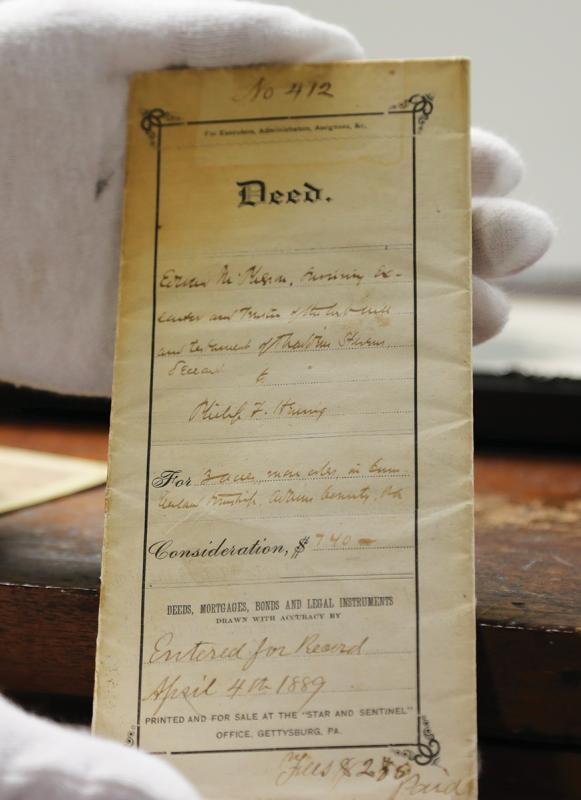
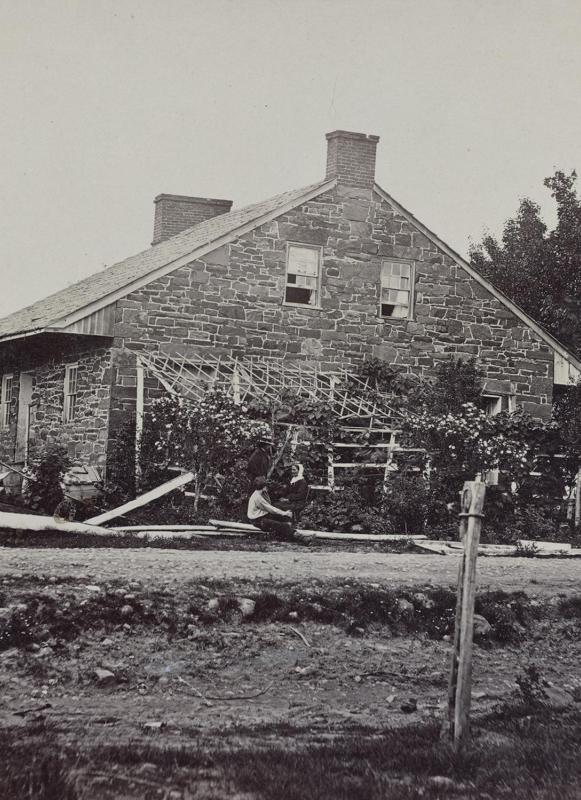
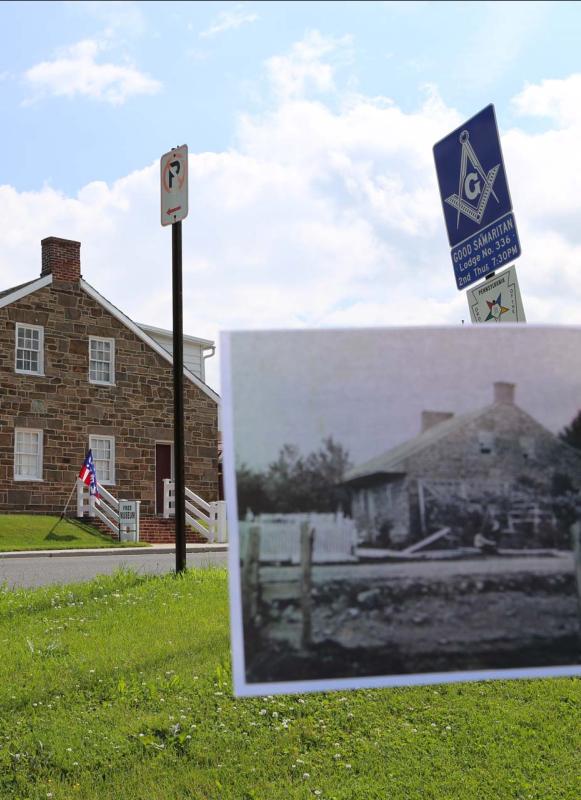
Lee's Headquarters
The most ambitious project the American Battlefield Trust has embraced at Gettysburg occupies four acres astride the Chambersburg Pike and features a remarkable historic building — the Mary Thompson House, better known as General Robert E. Lee’s Headquarters.
The land played a pivotal role in bloody fighting on July 1, 1863, and remained a key position in the Confederate line for the rest of the engagement. In the decades after the battle, a museum, motel and restaurant complex sprang up around the key structure, but the site remained a high priority target for the preservation community. In 2014, when the Trust announced a massive, $6-million plan to purchase and restore the property to its 1863 appearance, the building was hailed as one of the most important, unprotected historic structures in the nation.
Restoration was extensive – the hotel, parking lot and even the swimming pool were demolished. At the Mary Thompson House, the Trust ripped out post-war walls to reveal an original fireplace and installed a historically accurate cedar shingle roof. When we removed a 1920s brick and earth berm around the building, it uncovered two hidden basement windows. Guided by Alexander Gardner’s famous 1863 images of the house, we replicated the long-missing porch and a doghouse. On the grounds, we installed period fencing around a garden featuring medicinal herbs that would have been grown in the period and planted a 24-tree apple orchard.
Across the street is a second historic structure, the James Thompson House, where the Trust will perform stabilization and restoration work in the summer of 2023. Nearby stood the home leased from Thompson by Alexander Riggs at the time of the battle, against which local hero John Burns collapsed after being wounded. The building was torn down in the 1950s, but ground penetrating radar suggested by the Adams County Historical Society indicated that foundations might remain. In the fall of 2017, the Trust partnered with Gettysburg College to welcome archaeology students to perform excavations that deepened our understanding of the events of July 1, 1863.
Today, visitors can enjoy a self-guided interpretive trail explaining the gripping events that took shape at the headquarters from July 1—3, 1863. For the foreseeable future, the Trust will steward the property, working with our friends and partners at the Seminary Ridge Museum to open it to the public. In most years, the site is open each summer Friday from 10:00 a.m. to 3:00 p.m. between June 2 and August, as well select weekend days stretching through Remembrance Day Weekend and the Gettysburg Christmas Festival.
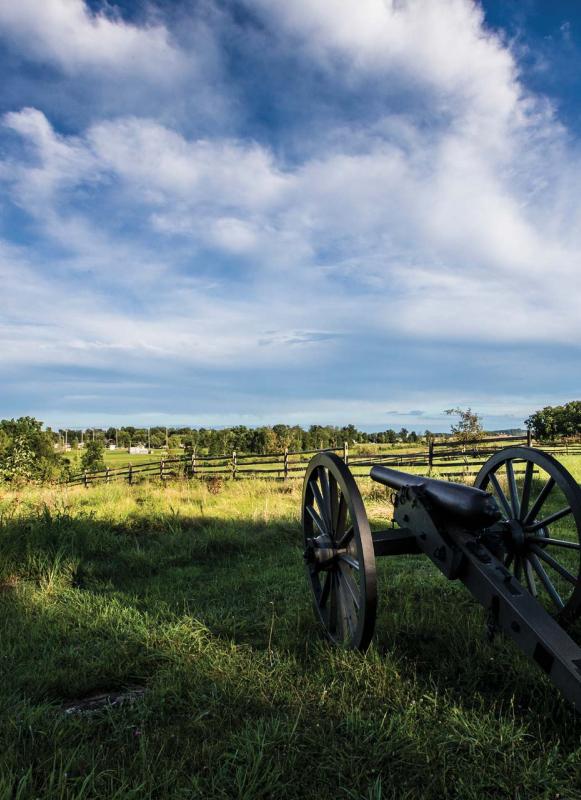
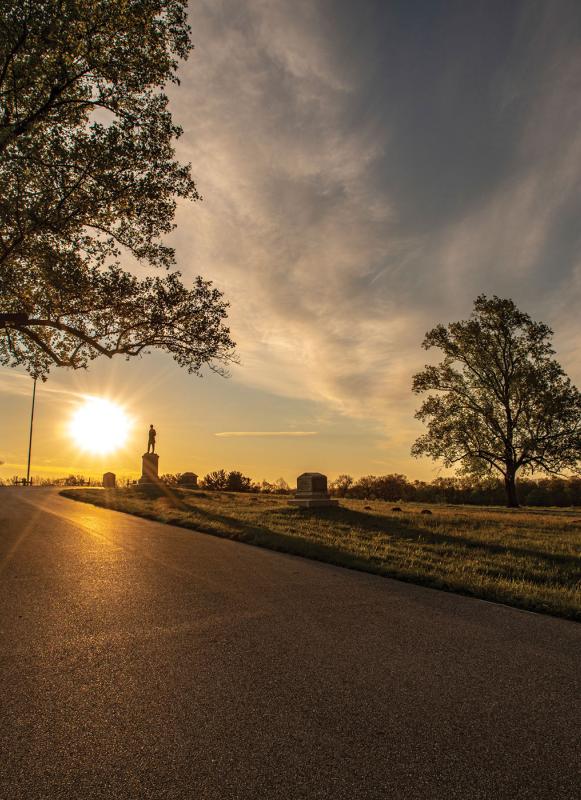
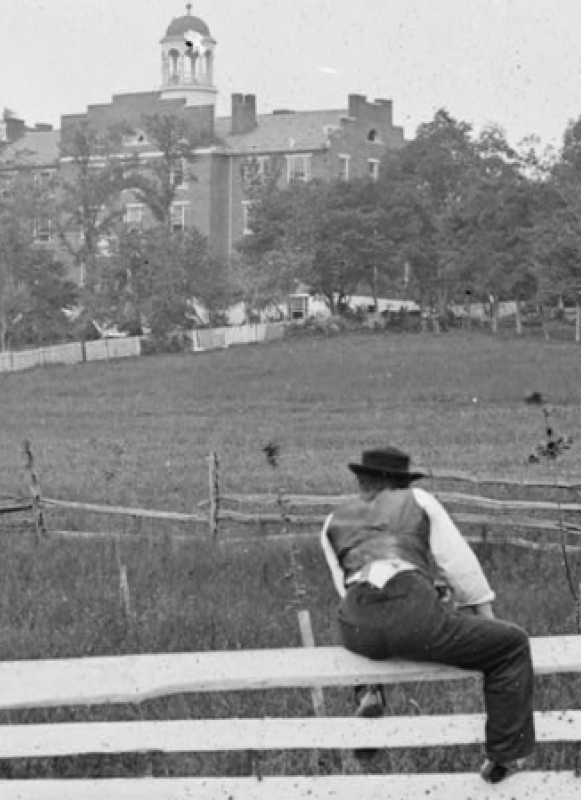
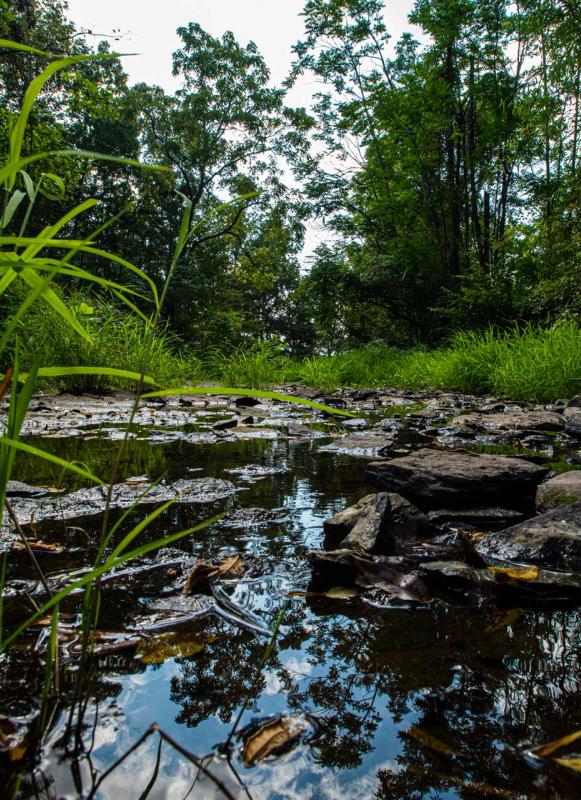
First Day Sites
The First Day’s Field would be far less recognizable to any theoretical time-traveling Civil War soldiers were it not for the American Battlefield Trust. As it is, modern visitors enjoy an improved experience thanks to our work.
Adjacent to the Lee’s Headquarters property sit 18 critical acres on Seminary Ridge that witnessed the climactic scene of the first day’s fighting, when the determined defense by the Iron Brigade enabled the Union army to regroup and hold Cemetery Hill.
The $3.5 million transaction closed in late February 2019 and encompasses property that has remained largely unchanged since the battle. In fact, it had been part of the Lutheran seminary operating at the site in 1832. Of the total acreage saved, 11 acres to the west of Seminary Ridge Road were purchased outright, coupled with a conservation easement placed on seven acres to the east, along Chambersburg Pike. In purchasing this land from an exempt entity, the Trust actually put this land back on the local property tax rolls.
Further west along the Chambersburg Pike, in 2011 the Trust partnered with the Conservation Fund to protect 95 acres between McPherson’s Ridge and Herr’s Ridge, once part of the Emmanuel Harman Farm. Once the Gettysburg Country Club, a 9-hole golf course frequented by former President Eisenhower, this land where some 15,000 Confederate soldiers — more than 20 percent of Lee’s army — faced battle is now part of Gettysburg National Military Park.
Elsewhere, in the summer of 2020, the Trust transferred a 37-acre property purchased from the County to the park – part of the 70 acres we have preserved around Barlow’s Knoll in 2017. Marking the far right of the Federal line, the land saw intense combat on July 1, 1863.
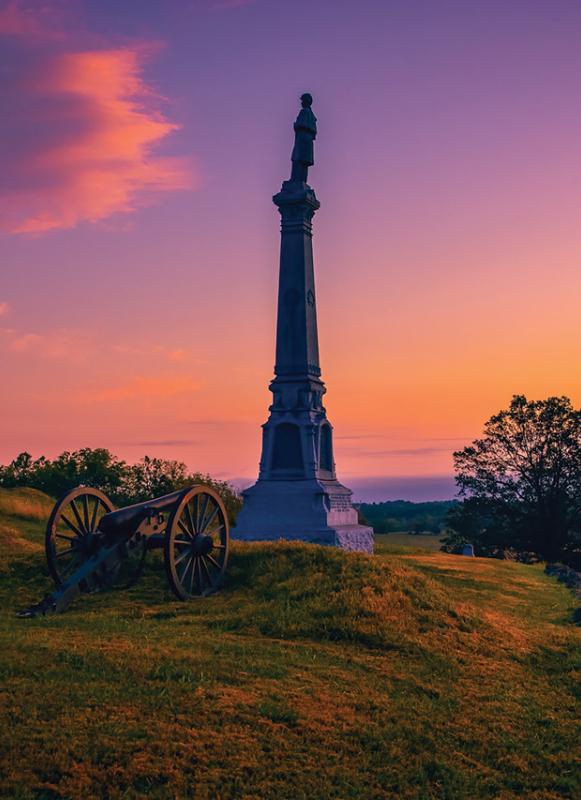
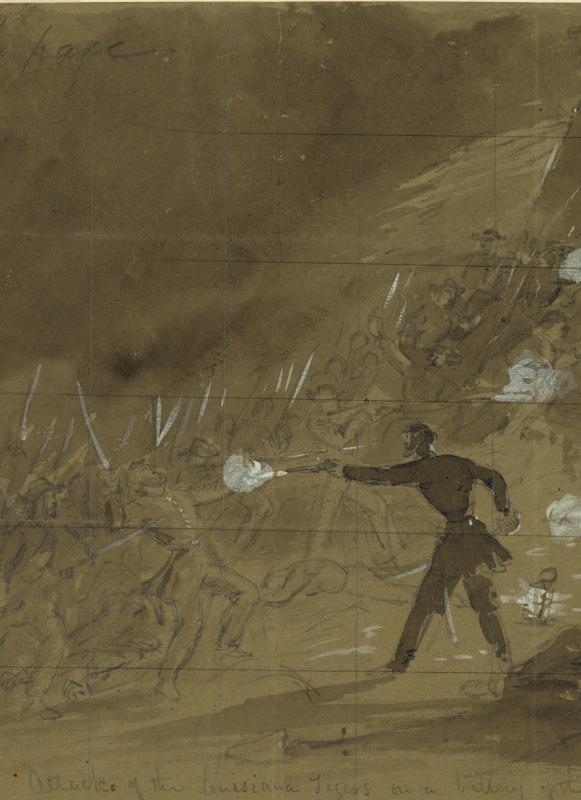
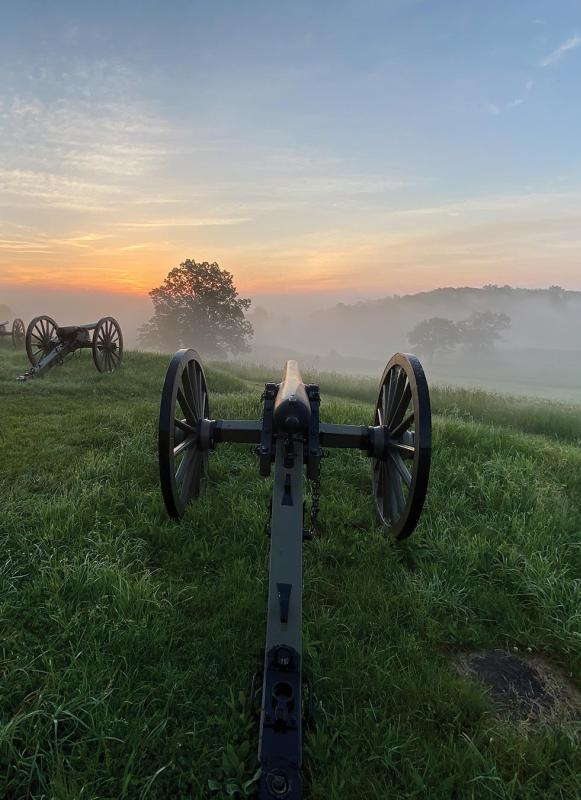
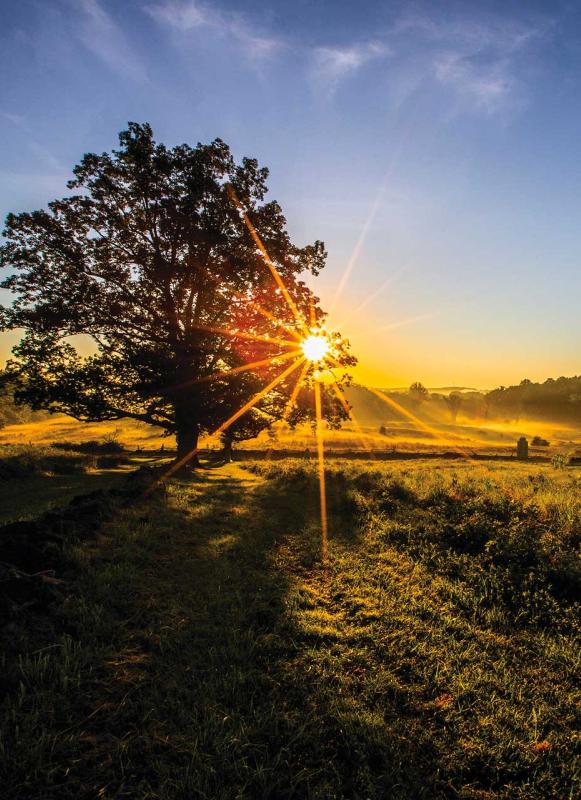
Union Right
After the first day’s fighting, battle lines shifted, and the Union’s took the shape of a fishhook. The American Battlefield Trust has had a tremendous impact along this line at Cemetery and Culp’s Hills, as well as along the historic Baltimore Pike corridor.
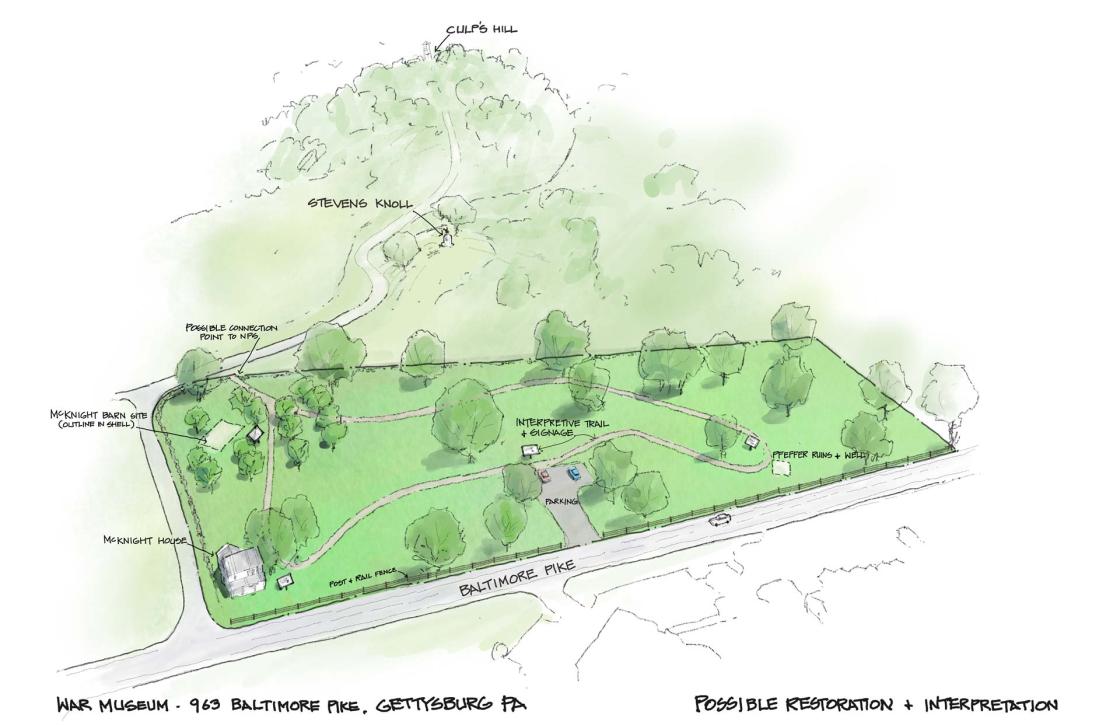
Early in 2021, the Trust added to its already preserved land on the north slope of East Cemetery Hill with two small, adjacent parcels along Baltimore Pike on the south slope — bordering McKnight’s Hill or Stevens Knoll, an area of the battlefield set aside for preservation in the 1860s. One lot included the historic James McKnight House, a landmark on this portion of the field. Notable fighting occurred here on the evening of July 2, as the 5th Maine Light Artillery helped to stymie a fierce Confederate assault against East Cemetery Hill long enough for reinforcements to arrive on the scene. Period documentation also demonstrates that Union casualties were temporarily interred all around this property prior to the opening of the Soldiers’ National Cemetery.
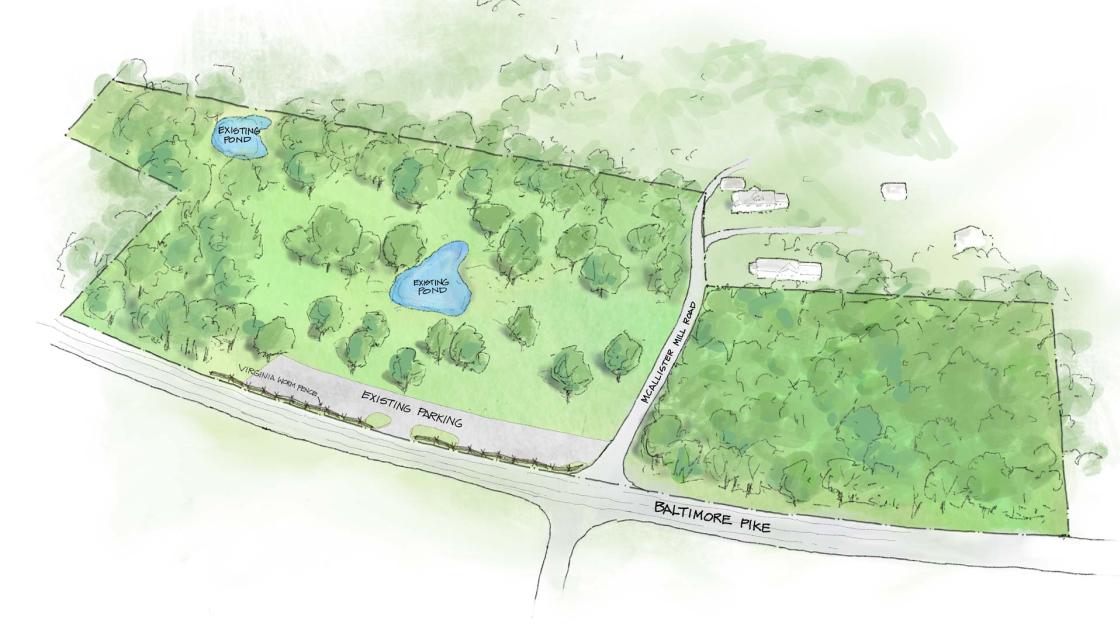
The Trust has saved a handful of small properties near the Gettysburg National Military Park visitor center, creating a powerful first impression for many park guests and preventing the commercial development that all but surely would have come. Among them is the former site of Mulligan MacDuffer’s minigolf, near McAllister’s Mill, sold to the Trust by its preservation-minded longtime owners when they chose to retire. Rehabilitation work on this site was completed on December 15, 2023. The restoration of this site helps create a more seamless transition into park land in preparation for an anticipated transfer. Other Trust work has enabled viewshed restoration at Power’s Hill.
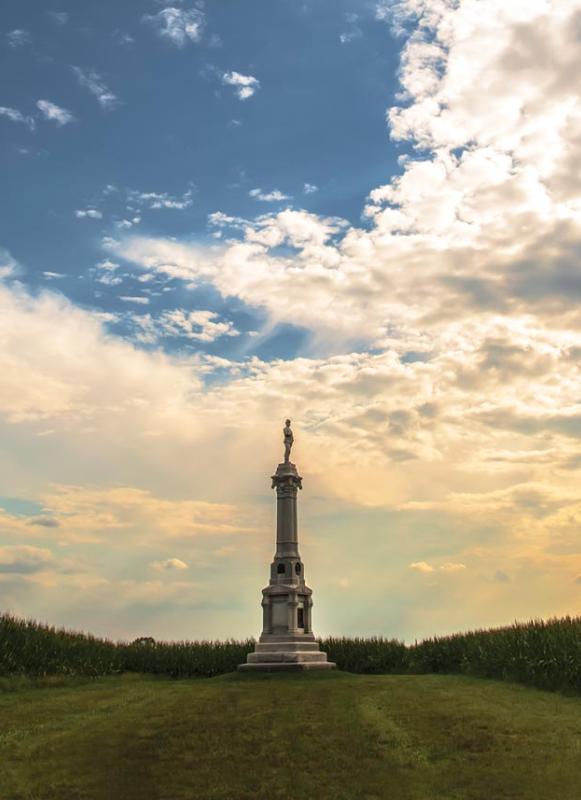
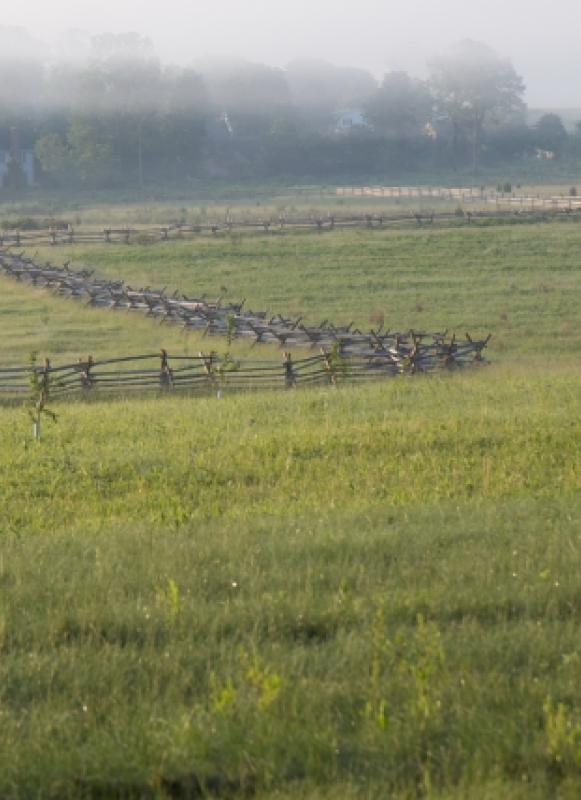
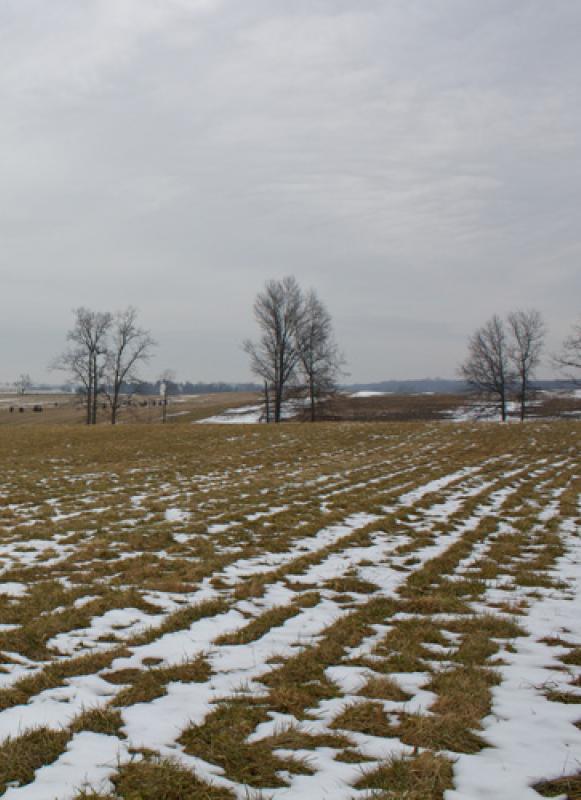
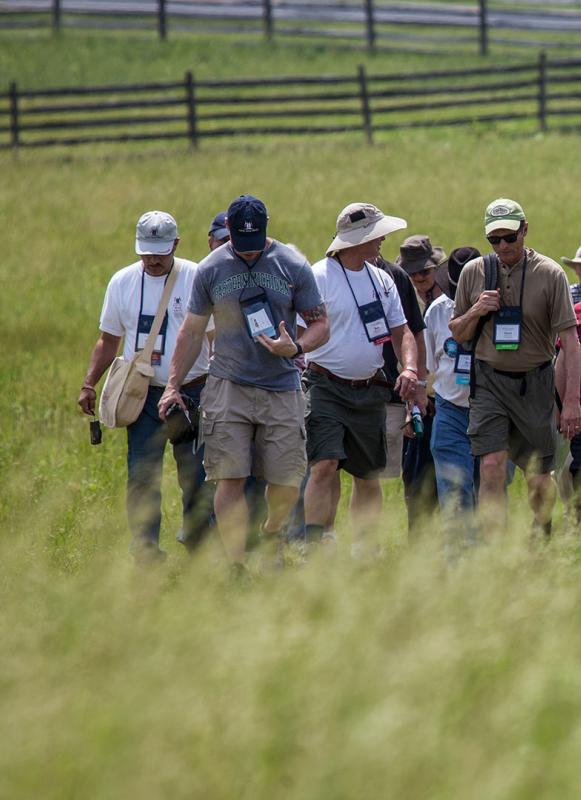
Cavalry Actions
Often overshadowed by famous incidents like Pickett’s Charge or the defense of Little Round Top, the clash of Union and Confederate cavalry units on the third day shows just how dynamic the Battle of Gettysburg truly was. This aspect of the battle — along with charismatic leaders, such as Generals George Armstrong Custer, J.E.B. Stuart and Elon J. Farnsworth — can be better remembered by way of the hundreds of acres that the Trust has saved at Gettysburg’s cavalry fields.
Our work to protect East Cavalry Field goes back decades, often involving partnerships with the Land Conservancy of Adams County and Friends of the National Parks at Gettysburg, a predecessor to the Gettysburg Foundation. It began in 1997 with protection of the 135-acre Hoffman Farm and continued into the early 2000s, safeguarding 45 acres at the Shea Farm and 103 acres at the Taney Farm. In 2005, the Trust rallied its membership to advocate against a proposal that would have located a casino just one mile from this important site – only the first such proposal the organization opposed. Less well known is the Trust’s critical work in preserving some 86 acres of the South Cavalry Battlefield, where the battle continued during and for hours after Pickett’s Charge.
Farther afield, visitors can picture the July 3 cavalry actions at the Fairfield Cavalry Field, where the organization saved 115 acres in 2003. During the Third Day’s battle, this land hosted a costly encounter between the 6th U.S. Cavalry and a Confederate cavalry brigade under the command of Brig. Gen. “Grumble” Jones.


